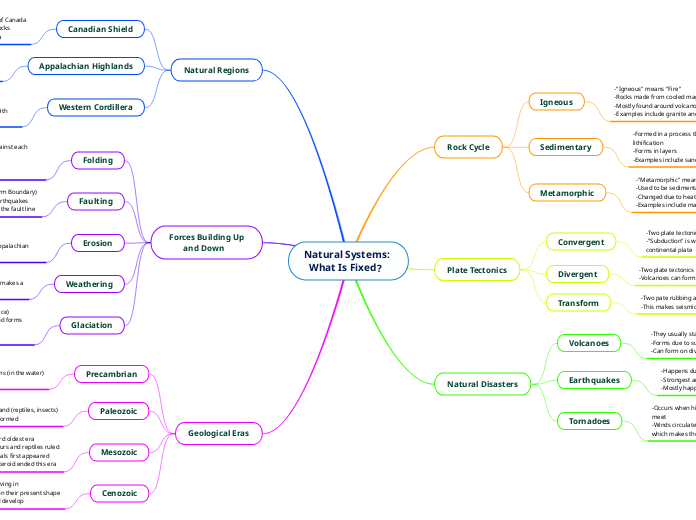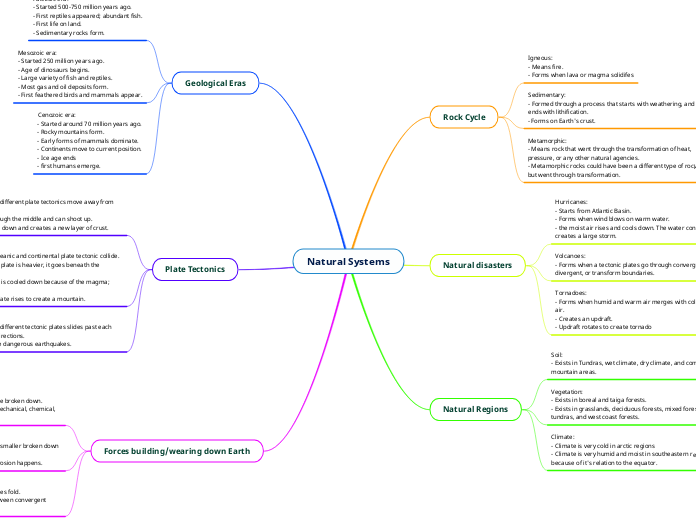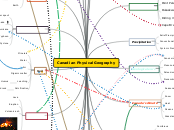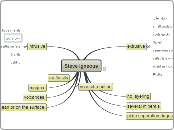по Paige Cunningham 3 лет назад
158
Natural Systems: What Is Fixed?
Natural systems are driven by complex geological and atmospheric processes that shape the Earth. Volcanoes, typically symmetrical and solitary, form due to subduction and can appear along divergent boundaries.









